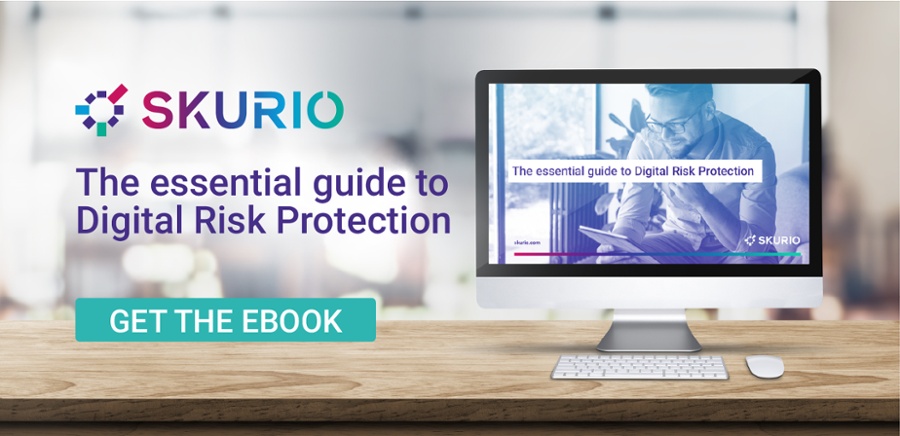Managing the security of your operations is a complicated job. Any number of factors impact the basic procedures followed for data management, software development, user access, and so on. Here, we take a high-level view of the best ways to implement your own cyber risk management approach.
Step 1 - Identify what needs to be protected
Before formulating a cyber defence strategy, the first steps involve identifying the important assets that your company needs to keep secure; whether a cyber-risk assessment or something less formal.
Employees
Your employees can easily become targets. Humans are often the weakest point in any systems. Breaches which gain an employee’s credentials can provide an easy back door into your sensitive systems. This is often done through spear-phishing and social engineering methods. Because of this, employees need to be kept educated to the methods that are used by bad actors.
Brand
Your brand is often one of your company’s most valuable assets; it represents your public identity and who a company is in the minds of the public. If user or employee data ends up in the hands of bad actors, this can reflect poorly on your brand and company. Many people may simply stop doing business with a company that is suspected of having lax security or poor cyber protection, and it can take a long time to recover the public’s trust.
From a branding perspective, a cyber-risk assessment can raise awareness to the various ways your company can be impersonated, such as through typo-squatting, or registered domains with a slightly different spelling of your brand.
Network
Your network is crucial. Once inside your network, bad actors can wreak havoc. As a result, it’s absolutely crucial that any entry points to the network be protected.
Goods and Services
Your products are often the primary reason why cyber criminals attempt to get in. If they can get access to your services, and then sell them on the black market (Dark Web) this is what they will attempt to do
Profit Margin
Some cyber threats can have a direct impact on your margin. Does your organisation make use of promotions or vouchers? You’ve calculated these expenses into your bottom line and your profitability. If these become abused or sold on the Dark Web, your margins can suffer significantly.
Step 2 - Review the methods you are using to maintain the integrity of your infrastructure
Preventing and/or protecting against attacks requires the implementation of a set of cybersecurity solutions and methods. Here are a few traditional methods that can and should be used for maintaining your system’s (and by extension, company’s) integrity.
2FA, or multi-factor authentication
This approach is particularly important if you have employees who need to access their systems from remote locations. With each check of identity (i.e. through a password on the computer and through a code received through text on a mobile device), this decreases the likelihood of the wrong person entering your systems.
Privileged access management
Also known as PAM, privileged access management is a system for keeping better control over the abilities of users and defining who in what roles has access to specific features in your systems. This is particularly important if you have third parties who have access to some aspect of your systems.
Intrusion Detection
You need procedures in place for being able to identify unusual and likely unauthorised activity so that you can take swift action.
Step 3 - Understand the vulnerabilities and threats that increase your digital risk
Every organisation will have its own risk profile based on inherent vulnerabilities to potential cyber threats which could exploit them, detailing their level of risk exposure.
Vulnerabilities
Frequently, these vulnerabilities are a result of digital transformation programmes which introduce new technology, apps and partners into the digital supply chain. But, human factors cannot be overlooked. Lack of awareness and training can be one of the most critical vulnerabilities.
If your organisation has had a data security breach at any time, this could introduce vulnerabilities. Employee user credentials can open a back door to key systems. Loss of customer details can enable criminals to impersonate your brand. Leaks of infrastructure and systems details can be used for planning cyber attacks and so on.
Credential stuffing
A relatively recent but common new form of brute force attack, credential stuffing, is used by bad actors who take advantage of users who reuse passwords in multiple locations. Once one system is broken into, bad actors will take long lists of username/password combinations and bulk load them into your system logins.
Spear phishing
Spear phishers may attempt to target high-level members of your organisation by posing as legitimate contacts. Access to these users can happen as a result of a data breach, but more often carefully crafted social engineering techniques to get executives to provide sensitive information.
Coupon Fraud
Bad actors will also take advantage of coupon fraud, or providing methods of getting unauthorised discounts or free copies of your products, resulting in a significant hit to your company’s bottom line.
Step 4 - Look beyond your network
Making sure your systems are secure is difficult enough. However, data breaches are often beyond your control and invisible until after the fact. As part of any cybersecurity risk management plan, it’s also important to monitor external sources, and particularly the Dark Web to be able to identify whether your data is shared, sold or discussed by threat actors planning attacks. If you can become aware of these instances, internal actions can be taken to secure the integrity of your systems.
In order to do this, it makes sense to take advantage of Skurio’s advanced automated monitoring solutions. This way you are prepared, even in the unfortunate event of a breach, to be able to minimise the potential impact and business risk to your organisation.

